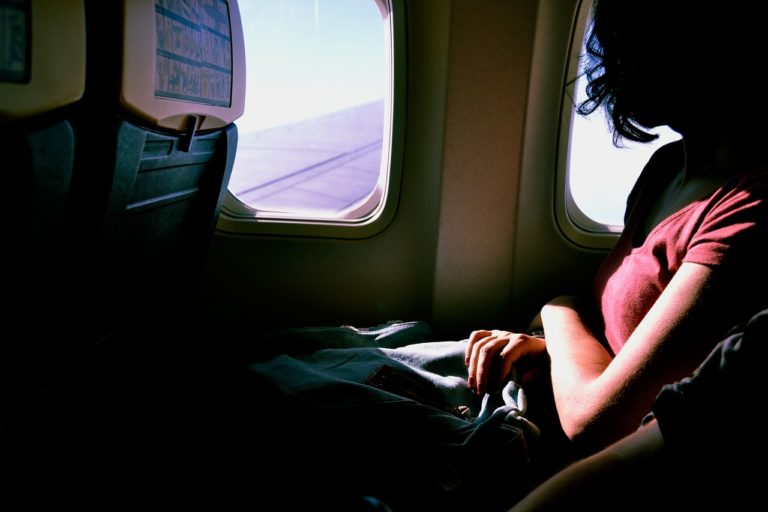Ever wondered about your safety on a plane, or why flight attendants insist that the aeroplane’s window shades are drawn during takeoff and landing? The reasons for being seated and having to wear seat belts are obvious enough, but why do the lights have to be on at times and off at others?

Image: Pixabay
Shades open
Most civil aviation authority regulations outline this as a safety measure to ensure that control tower staff are able to see into a plane during its takeoff and landing, and notice whether there are any explosions in the craft during these critical and most vulnerable stages.
In the case of an emergency landing, passengers and crew onboard will be able to properly attempt an emergency evacuation with a clearer idea of what the conditions are like outside. Other passengers with different views of the outside will be able to inform and equip the crew for evacuation.
Lights off
What about the lights being dimmed at these times as well? It’s thought that this helps avoid the glare from the natural light outside, which can also be helpful in emergency situations so that passengers’ eyes don’t have to adjust when exiting the craft.
As for the lights, there are various reasons for why they may be on and off. Some say that during takeoff switching off or dimming lights save electricity that can be redirected to getting the plane in the air more quickly.
Most others agree on the fact that when it’s dark outside, the low light also helps passengers eyes’ adjust in the event of an emergency evacuation, and makes passageways and exit signs stand out more. On the other hand, lights on while cruising helps counter the glare from natural light coming into the plane during the day time.
What about the air pressure?
All this talk of emergencies may have you wondering how long oxygen masks may last. The answer is, not long – about 15 minutes, the time in which it takes the pilot to drop down to an altitude where the air is more breathable, or where it is safe enough to attempt a grounding of the plane if near to the ground.
The safest seat in the plane?
If we’re to look at stats after plane crashes, the rear of the plane is the safest place to sit, but those who survive tend to be the ones with the easiest access to the exits – aisle seats and, of course, those near the exits are ideal. There’s no need to be paranoid, however – on the odd chance that your plane crashes, today’s technology can ensure that all passengers survive.
Brace for impact
Teaching passengers about the brace position, which they would need to take if the pilot is forced to attempt a risky emergency landing, has been passed down along the years, with various rumours and myths about it killing passengers quicker when crash-landing. The truth is that the brace position makes your body a smaller target and protects your vital organs. It also sends the impact of the crash into the seat in front of you instead of through your body.
Medical emergencies
If you do need medical attention, the airline will establish if there is a medical professional onboard, but the flight attendants are trained to administer CPR, the Heimlich Manoeuvre and EpiPens. In the case of troublesome passengers or an assault, they receive self-defence training. The pilot is able to ground the plane in about 15 minutes if it’s safe, to seek medical attention for the sick or injured. This is easier when flying domestic, but may be more difficult when flying over bodies of water and mountain ranges on international flights.
Are flight attendants trying to suss you out?
Speaking of difficult flyers, flight attendants are actually sussing you out when they greet and welcome you onboard. They’ll check for agitated or difficult passengers, for travellers who have disabilities, ones who don’t speak English or passengers who may or may not be fit enough to help others or themselves in the event of an emergency.
Upgrades
If, however, you are a pleasant, trouble-free flyer, it might also score you some points if you try your luck to get a better seat or upgrade to a business or first-class cabin. This all depends on capacity, of course, but good behaviour just might earn you an upgrade.
Why can’t I use my cellphone?
You can, and it won’t make the plane crash, but it does mess with air traffic radio controllers when the plane is taking off and landing, the most dangerous operations when flying.
Small devices can also be dangerous when there’s turbulence and can turn into a hazard if sent flying across into another passenger’s lap.
Image: Pixabay
You may also like
Related Posts
If you're feeling a bit tired of the usual scene, take a tip from urban...
read more
The east coast is our very own tropical paradise with warm waters and laid-back vibes....
read more
Cape Town, or the Mother City as it is fondly known, is a place where...
read more